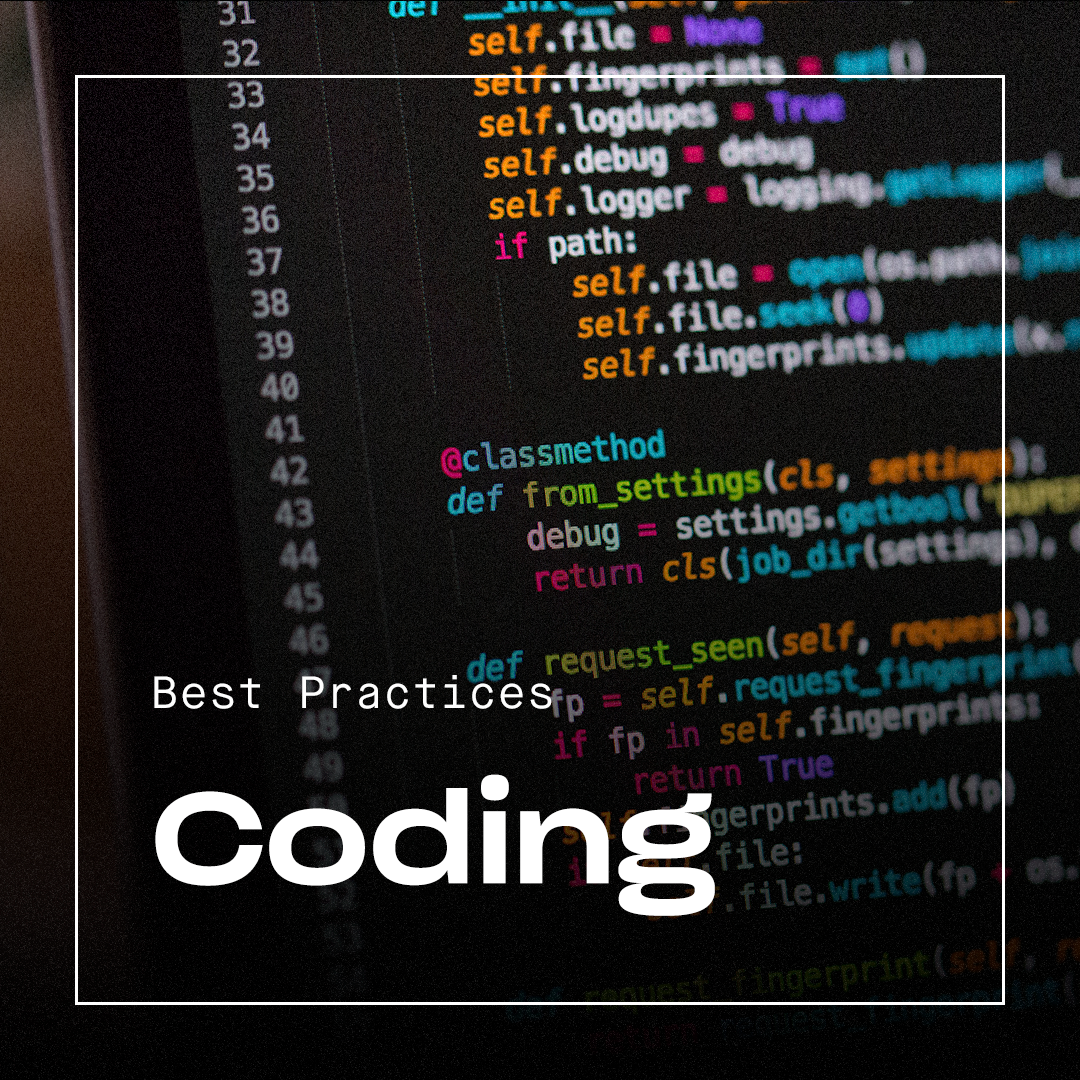Hello, fellow developers! Today, we’re venturing into the realm of clean code. Whether you’re a seasoned coder or just starting, understanding and implementing clean code practices is crucial. But why is it so important?
Firstly, let’s unravel this together, alongside the challenges of navigating through a maze of messy code.
Understanding Clean Code:
Clean code is like a well-organized library. It’s easy to find what you need, and everything makes sense. It’s readable, simple, and elegant.
Consequently, the benefits are substantial. Your code becomes a welcoming place for you and your team, leading to easier maintenance, scalability, and improved collaboration.
Principles of Writing Clean Code:
DRY (Don’t Repeat Yourself): Imagine you’re cooking. Would you fetch ingredients from the fridge for each step, or gather them once at the start? DRY is about efficiency; reuse code components to avoid repetition.
KISS (Keep It Simple, Stupid): Think of LEGO blocks. Simple pieces building complex structures. Your code should be the same – simple blocks for complex functionalities.
YAGNI (You Aren’t Gonna Need It): It’s like packing for a trip. Why pack a winter coat for a desert journey? Only include code necessary for current functionalities.
Best Practices for Clean Code:
Moreover, consistency is key. Coding standards and naming conventions are like grammar rules in language. They make your code understandable to others.
Additionally, think of documentation as your code’s travel guide. Good documentation is like a map in a new city. It guides you and others through your code.
Similarly, consider refactoring as the art of code pruning. Think of your code as a bonsai tree. Regular pruning (refactoring) keeps it healthy and beautiful.
Furthermore, strive to write self-explanatory code. Less is more, minimizing the need for comments.
Tools and Techniques:
– Tools like ESLint for JavaScript or Flake8 for Python act as your coding GPS, keeping you on the path of clean code.
– Moreover, code reviews and pair programming are like dance rehearsals. They ensure every step (line of code) is in harmony with the rhythm (project requirements).
The Impact of Clean Code on Development:
Consider the story of Company X, which struggled with delayed projects due to messy code. After adopting clean code practices, they saw a 30% reduction in bug reports and a noticeable improvement in development speed.
Learning and Growing with Clean Code:
Finally, the journey to mastering clean code is continuous. Resources like Robert C. Martin’s “Clean Code” or online platforms like Coursera offer great avenues for learning. Also, engage in communities on platforms like Stack Overflow or GitHub.
In conclusion, clean code isn’t just a practice; it’s a mindset. As we embrace these practices, we not only improve our code but also our value as developers. Remember, every line of code you write is a part of your professional signature. Make it a reflection of your commitment to excellence.
Now, it’s your turn. Share your clean code stories or tips. How has clean coding impacted your projects? Let’s build a community of clean coders, sharing and growing together. Drop your thoughts in the comments.



